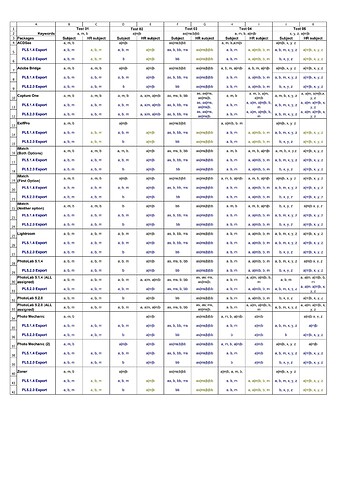It will be available, not freely but for a reasonable price, as soon as I have gotten rid of some bugs (unlike some software writers, I am not going to release buggy software)
As you can tell now, with alternatives comes confusion. The reason why we have the metadata nightmare is simply because everybody seems to want to do their own thing, thus forcing all other software writers to write reams of conditional code “just in case” someone does something stupid.
There are only five characters that have to escaped when writing keywords to XMP file…
| original |
escaped |
| " |
" |
| ’ |
' |
| < |
< |
| > |
> |
| & |
& |
Apart from these, all other characters are considered valid as part of a keyword, including spaces and other punctuation.
So, a|m|b is a valid, single, keyword that just happens to contain the ‘|’ character.
It is only when certain software decides it wants to interpret such a keyword as having hierarchical structure that is can be used as such. But not all software does that and so, in order to be compatible with as many apps as possible. I only read and write without “interpretation”.
If I were to type a|m|b into my app’s entry field, it would automatically be written as above and you would only see the three separate letters in the entry field, with the hierarchy being written to the file’s metadata behind the scenes.
Addenda
The <, >, and & characters can be written directly to an image file, as long as they are surrounded by either single or double quotes. Whichever quote character is not used to enclose the others can also be used - single within double or double within single.
This allows for keywords like Black & White or L'art de l'eau


